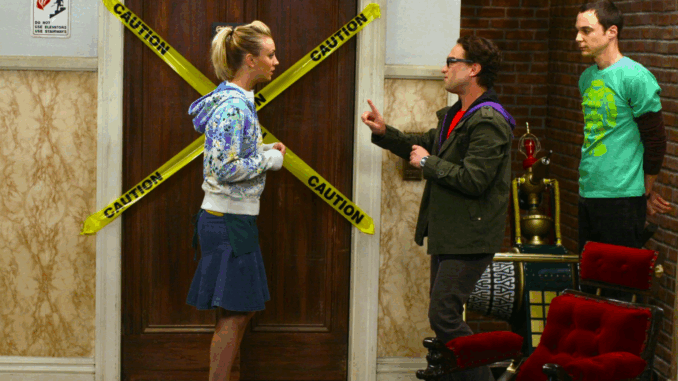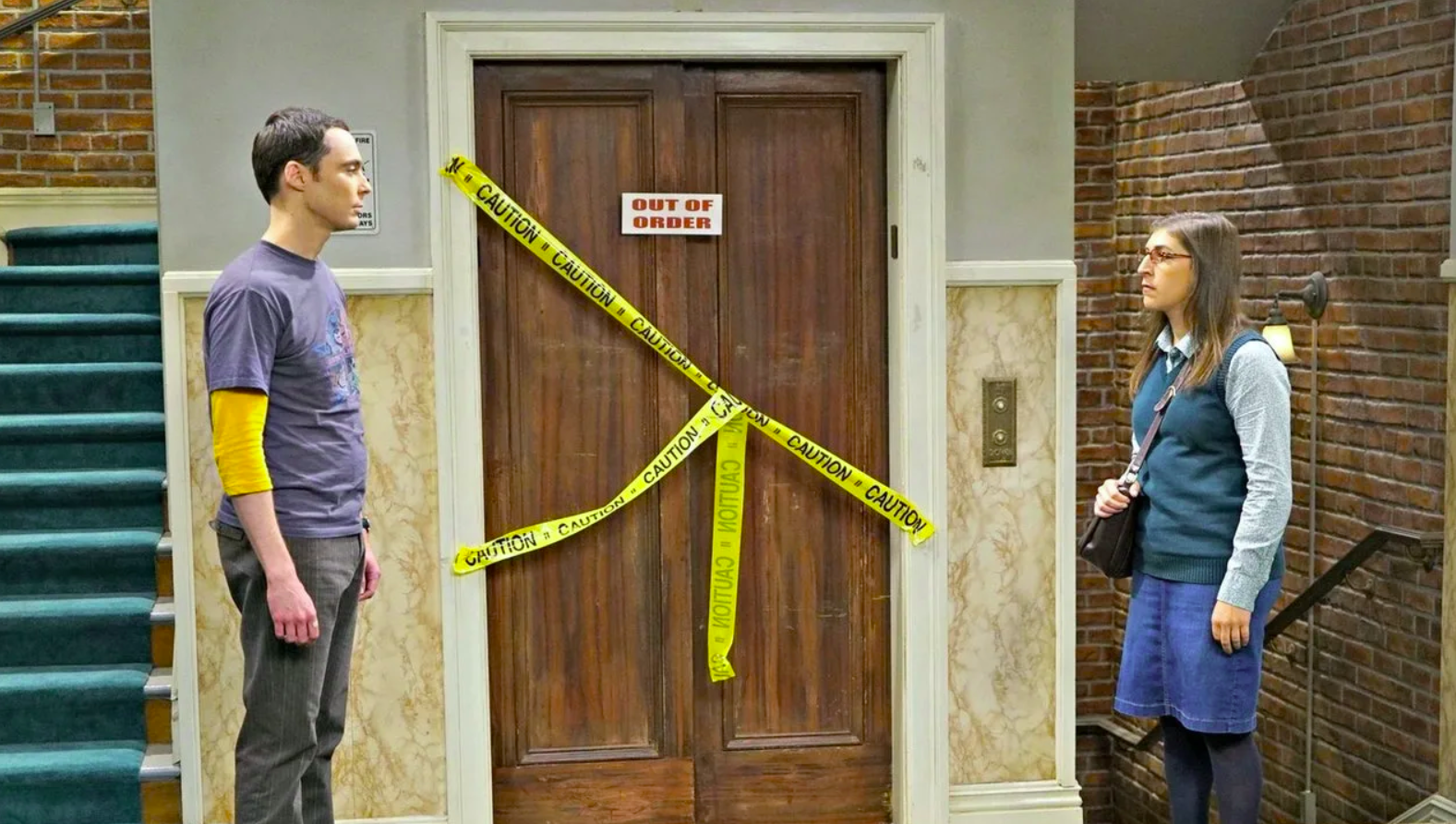
Revisiting the Infamous Broken Elevator Scene
Among the many mysteries, jokes, and ongoing quirks in The Big Bang Theory, the long-broken elevator in the apartment building is a beloved constant. For twelve seasons, viewers watched the gang march up and down flights of stairs, complaining, joking, and growing closer with each step. But one of the most emotional and telling moments of the entire series came in Season 3, Episode 22 (“The Staircase Implementation”), when the show finally revealed what happened to the elevator—and in doing so, unlocked deeper layers of the characters’ relationships.
Why the Flashback Matters
The flashback episode is more than just the backstory of a broken elevator; it’s a turning point in Leonard and Sheldon’s complex friendship. The moment we see Sheldon save Leonard’s life—by sacrificing the elevator for the greater good—completely redefines how we view their dynamic. Up until this point in the series, Sheldon is often seen as overbearing, self-centered, and rigid. But here, we get a rare glimpse into his capacity for loyalty and selflessness.
For Leonard, this memory cements why he puts up with Sheldon’s strict roommate rules and bizarre behavior. There’s an unspoken debt—a bond formed not just by shared space, but by genuine care, albeit expressed in uniquely Sheldon-esque ways.
Character Depth Through a Single Event

Sheldon’s actions during the elevator incident are surprisingly heroic. When he notices that Leonard’s experiment is about to explode, his response is immediate and calculated. He grabs the device and runs it into the elevator, sending it down just in time before it detonates. In that moment, Sheldon becomes more than a walking comic relief—he becomes a friend willing to take risks.
Leonard, though stunned, realizes that the man who drove him insane with “roommate agreements” and bathroom schedules actually saved his life. That realization softens Leonard’s future interactions with Sheldon. It gives depth to their dynamic and shows why Leonard never truly walks away, even when he has every reason to.
Expanding the Story: Penny, Howard, and Raj React
The episode also serves as a reflection point for other characters. When Leonard retells the story to Penny, it adds another brick to the foundation of their budding relationship. Penny begins to understand that Leonard’s world is full of weirdness, yes—but also full of loyalty and unlikely heroism. It’s part of what draws her deeper into their group.
Howard and Raj, meanwhile, express amazement but also reveal subtle admiration for Sheldon. They often tease and roll their eyes at him, but even they begin to view him as more than just the guy with a spot on the couch. The flashback peels back the surface and reveals the true stakes of their years of friendship.
Symbolism in the Stairs
The broken elevator becomes more than just a gag after this revelation—it becomes a symbol of their journey. Each flight of stairs climbed over the years reflects the effort it takes to maintain relationships, build trust, and grow up together. In a sense, the broken elevator keeps them grounded. It forces daily interaction. It ensures they never forget where they started.
This storytelling choice is both clever and meaningful. In sitcoms, sets are often stagnant, but The Big Bang Theory uses its set to reflect emotional evolution. The stairs are no longer just a setting—they’re a metaphor.
A Turning Point in Narrative Maturity
“The Staircase Implementation” marked a moment when the show took a step toward emotional maturity. It balanced its science jokes and punchlines with a surprisingly tender, human story. And in doing so, it paved the way for more emotional storylines in future seasons—like Howard’s space mission, Sheldon’s proposal to Amy, and Raj’s evolving self-confidence.
The broken elevator episode teaches us that even the most ridiculous setups in sitcoms can carry profound emotional weight when handled thoughtfully. It proved that The Big Bang Theory was more than just a series of nerdy jokes—it was a show about human connection, disguised in geeky garb.
